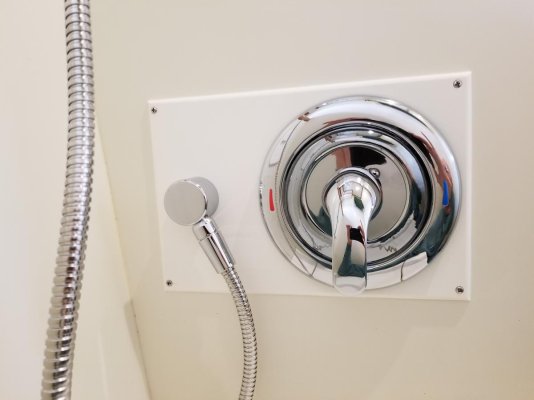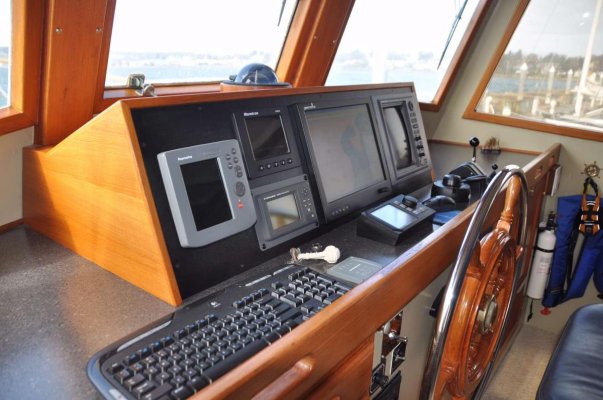socalrider
Guru
- Joined
- Feb 14, 2020
- Messages
- 1,061
- Location
- usa
- Vessel Name
- SEA WOLF
- Vessel Make
- 1979 CHB 41 Trawler
Wonder if the TF gurus out there have any thoughts on this: I've been working my way through our '79 CHB 41 trawler removing lots and lots of old systems.
As a result I'm starting to accumulate holes throughout the boat: old displays at both helm stations, holes in thin fiberglass, in thick plywood, on my electrical panel (removed battery selector switch). Mostly, I want to just cover them with blanking plates, but occasionally I'd like to cut out a new switch (e.g. my Blue Sea battery shutoff switch).
I'm not likely to find this stuff pre-made, so wondering if anyone's had good experience with particular materials/tools fabbing up plates that look decent. I don't have access to a machine shop.
As a result I'm starting to accumulate holes throughout the boat: old displays at both helm stations, holes in thin fiberglass, in thick plywood, on my electrical panel (removed battery selector switch). Mostly, I want to just cover them with blanking plates, but occasionally I'd like to cut out a new switch (e.g. my Blue Sea battery shutoff switch).
I'm not likely to find this stuff pre-made, so wondering if anyone's had good experience with particular materials/tools fabbing up plates that look decent. I don't have access to a machine shop.


